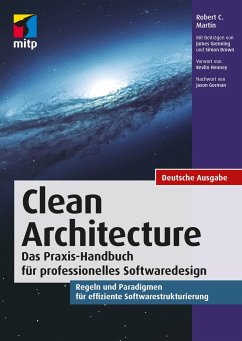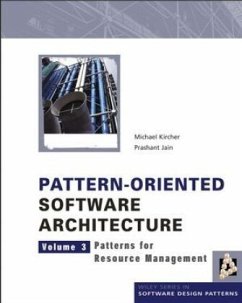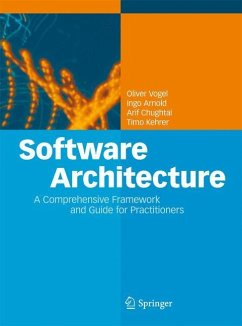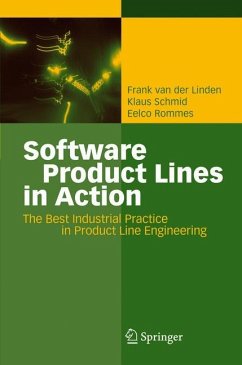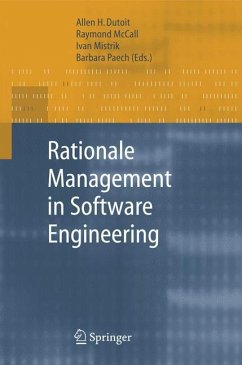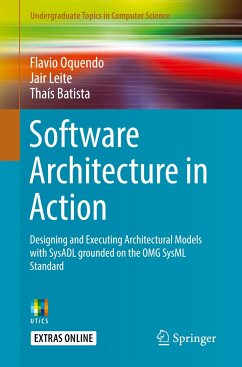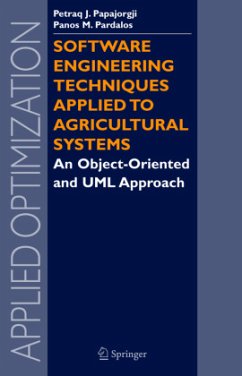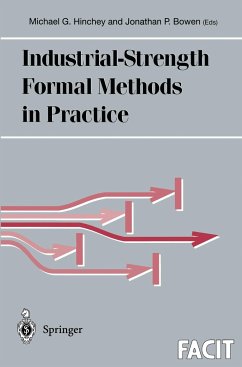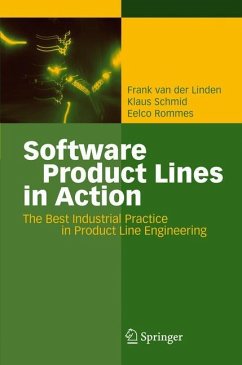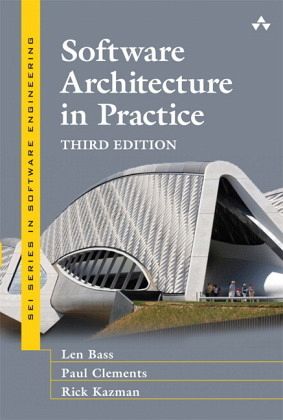
Software Architecture in Practice
Versandkostenfrei!
Verlag / Hersteller kann z. Zt. nicht liefern
45,99 €
inkl. MwSt.
Weitere Ausgaben:
The core book in SEI's influential architecture curriculum, this book introduces software architecture both for practicing software engineers and for students pursuing careers in software design or management. It combines the authority of SEI's pioneering curriculum with the proven pedagogical effectiveness of a book that's been used for many years in countless training and college courses. The authors provide a comprehensive overview of the field of software architecture in a single, easy-to-digest package. This book will help readers understand: _ Why software architecture is critical to dev...
The core book in SEI's influential architecture curriculum, this book introduces software architecture both for practicing software engineers and for students pursuing careers in software design or management. It combines the authority of SEI's pioneering curriculum with the proven pedagogical effectiveness of a book that's been used for many years in countless training and college courses. The authors provide a comprehensive overview of the field of software architecture in a single, easy-to-digest package. This book will help readers understand: _ Why software architecture is critical to development projects and the organization as a whole _ Which technical and organizational factors influence architecture, and are in turn influenced by it _ How architecture drives quality attributes such as performance and reliability _ How to master and choose among today's best architectural tactics





